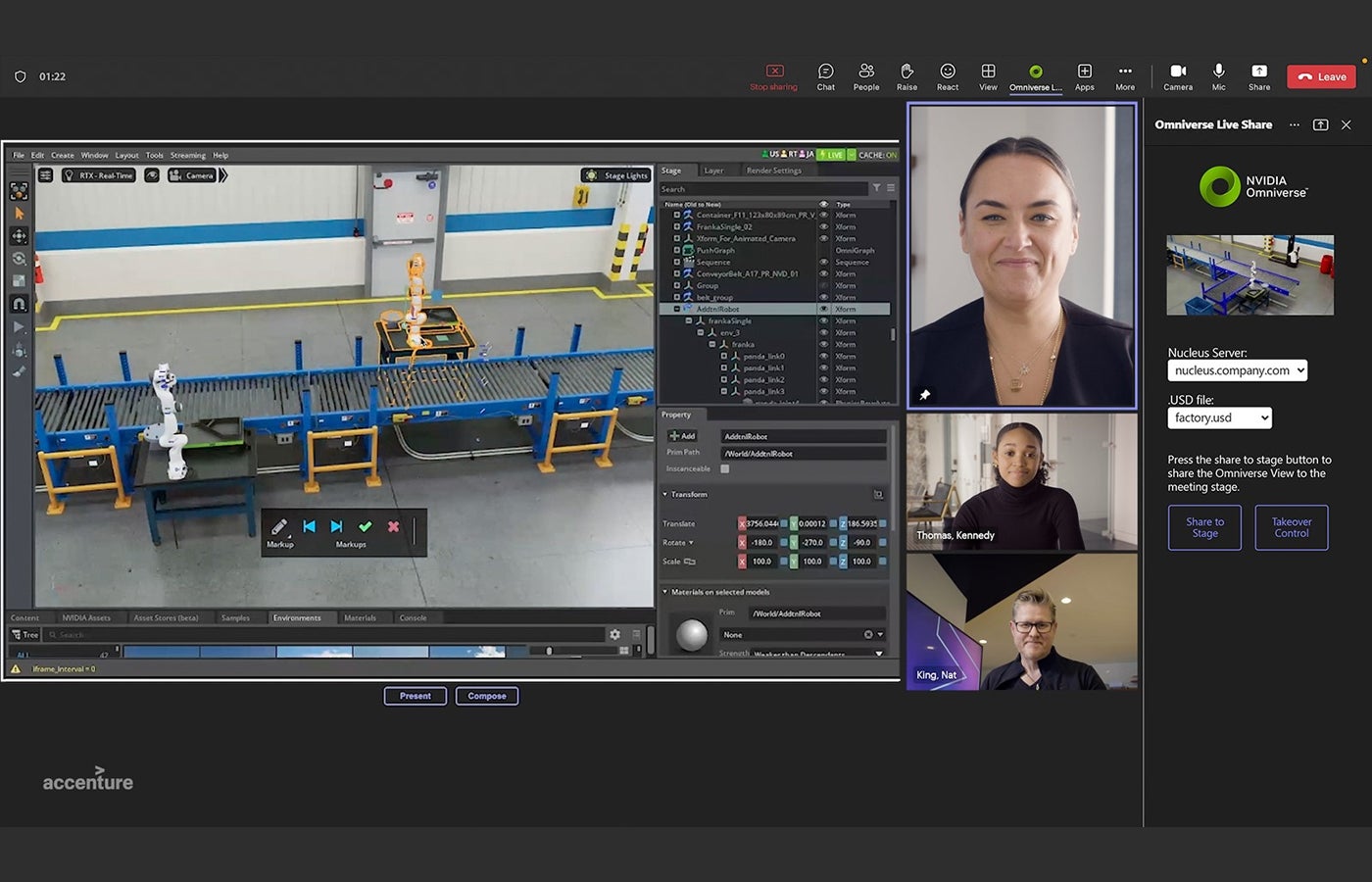
Next-Gen AI: Latest Microsoft and NVIDIA Collaboration is a ‘Significant Leap Forward’
- 19.03.2025 00:00
- techrepublic.com
- Keywords: AI, Collaboration
Microsoft and NVIDIA are collaborating on next-gen AI, integrating NVIDIA's Blackwell architecture with Azure for enhanced performance and scalability. Their partnership introduces new tools like NVIDIA NIM and virtual machines, targeting advancements in enterprise AI across industries.